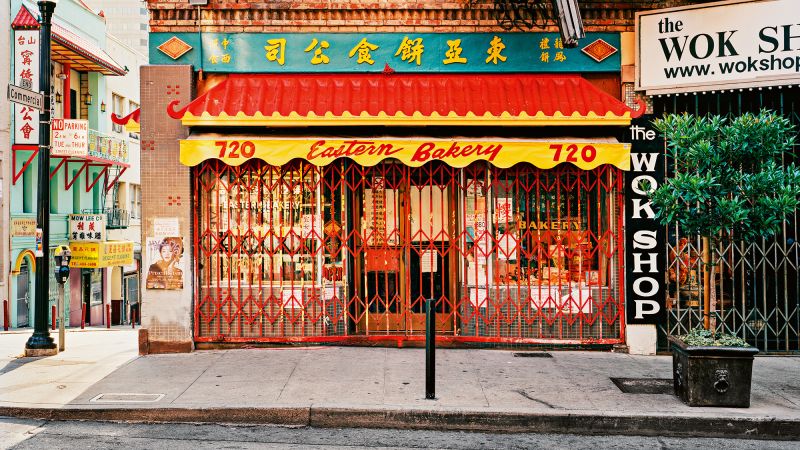In Morris Lum’s photographic archive of Chinatowns, change is the only constant.
Wall murals are painted then covered up. Restaurant menus adapt to diners’ evolving palates. Colorful shopfronts fade and are replaced, as family businesses fall victim to rising rents or the disinterest of aging owners’ children and grandchildren.
“That’s the life cycle of a Chinatown,” said Lum, who has spent more than a decade documenting commerce, community and architecture in Asian enclaves across the US and Canada.
To date, the photographer has visited over 20 Chinatowns, from Chicago to Winnipeg. His new book paints a varied portrait through courtyards, alleyways and community buildings, whether clan associations or methodist churches, that have offered refuge and camaraderie to generations of Asian diasporas.
But it is the eye-catching, bilingual facades of restaurants and businesses — gift shops, bakeries, insurers, reflexologists, florists, grocers, travel agencies and acupuncturists — that bring the work to life.
In a video interview from his home in Toronto, Lum said he “really just wanted to keep a record” of Chinatowns. But his archive serves more than posterity. Often returning to the same sites over several years, he captures real-time visual evidence of shifting migration patterns and demographic trends.
A cosmetics store in Philadelphia's Chinatown speaks to a recent explosion of
Continue Reading on CNN
This preview shows approximately 15% of the article. Read the full story on the publisher's website to support quality journalism.
